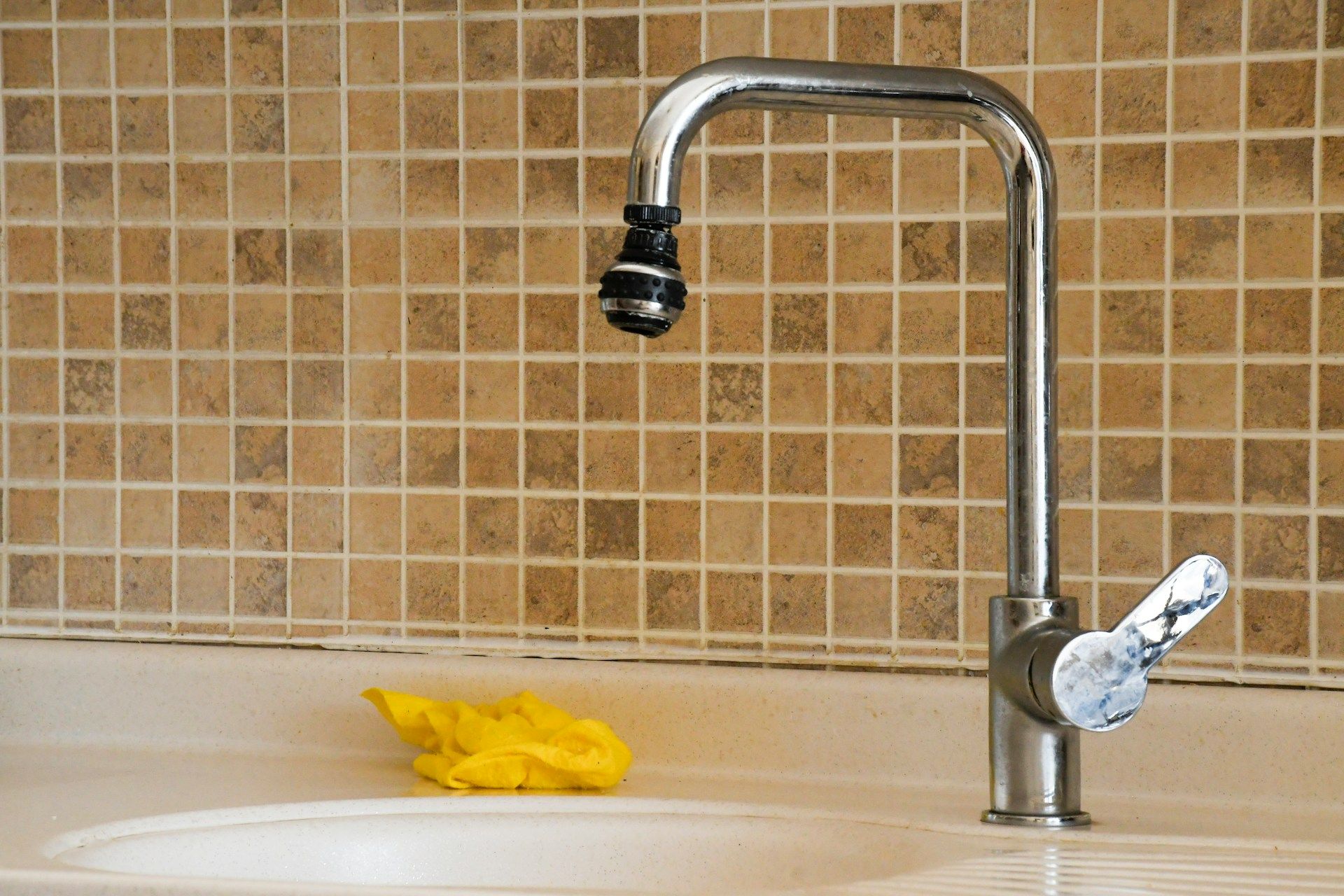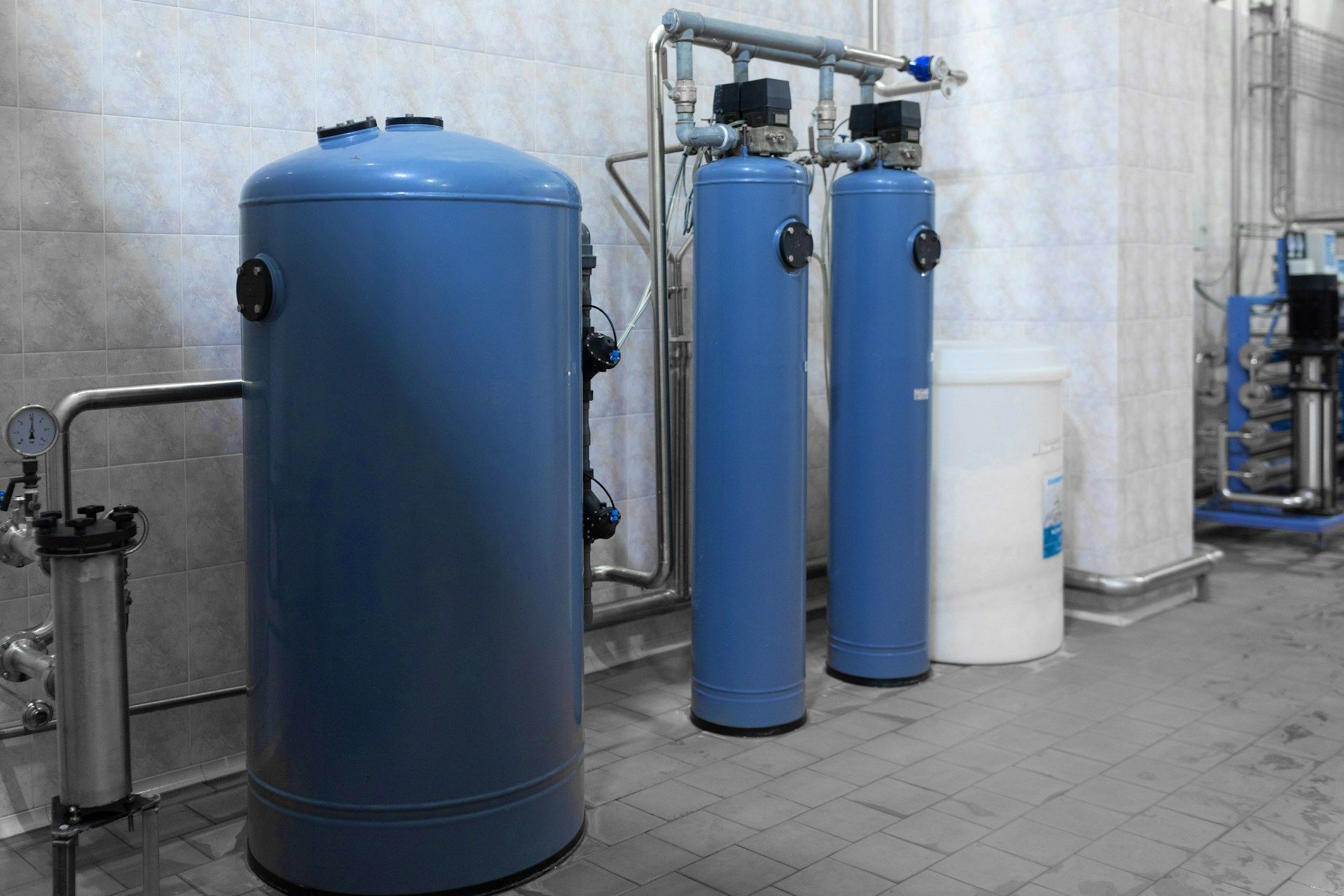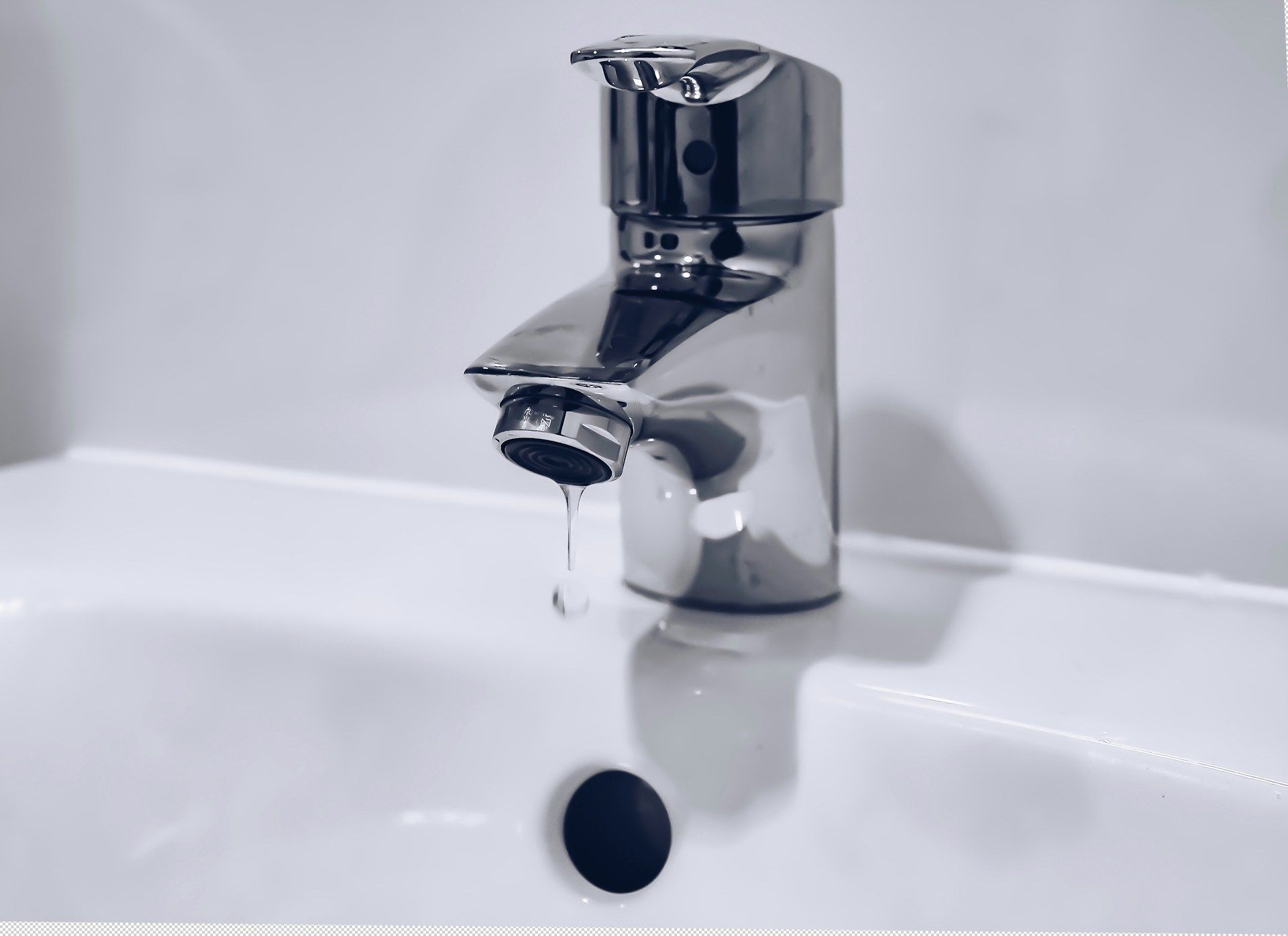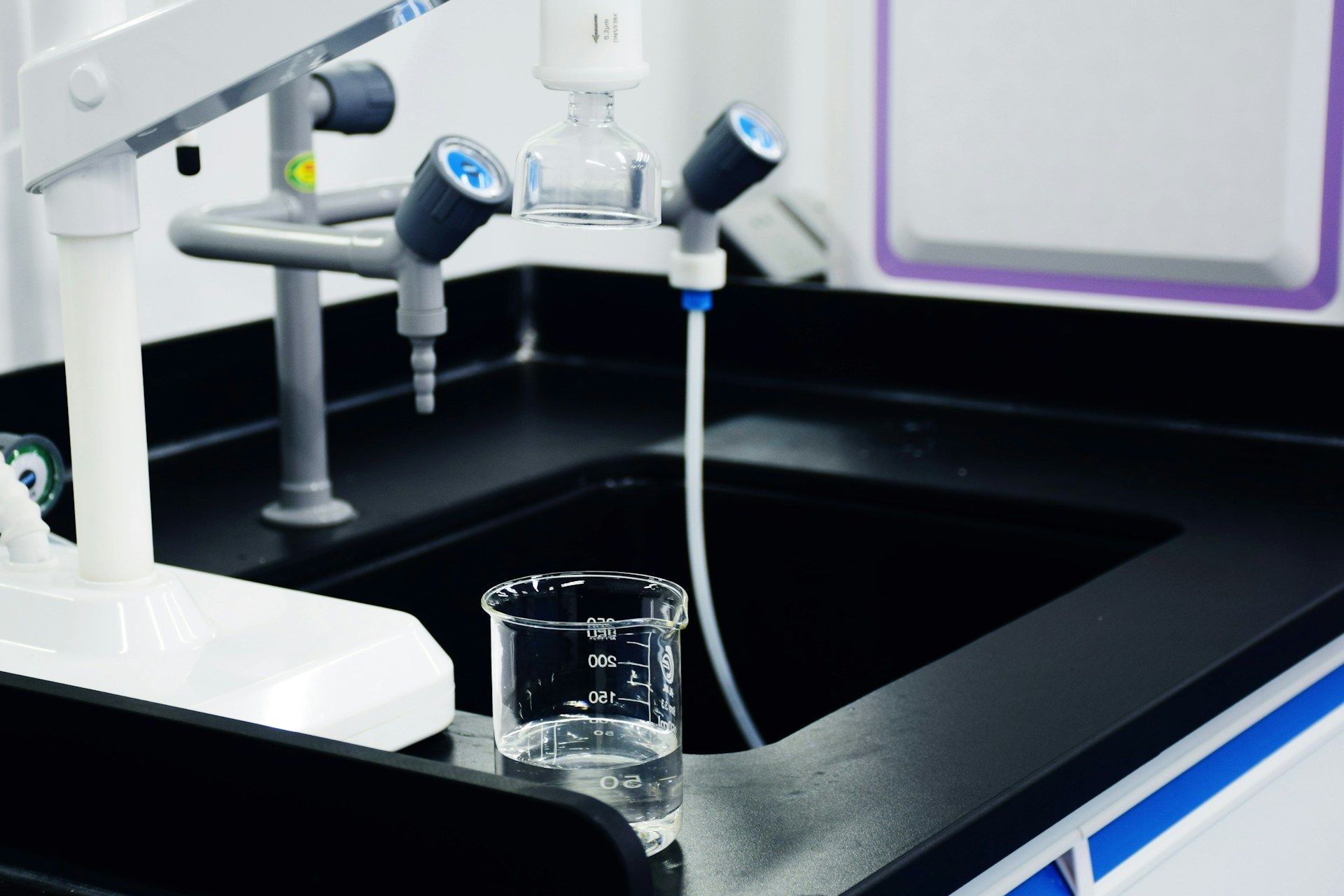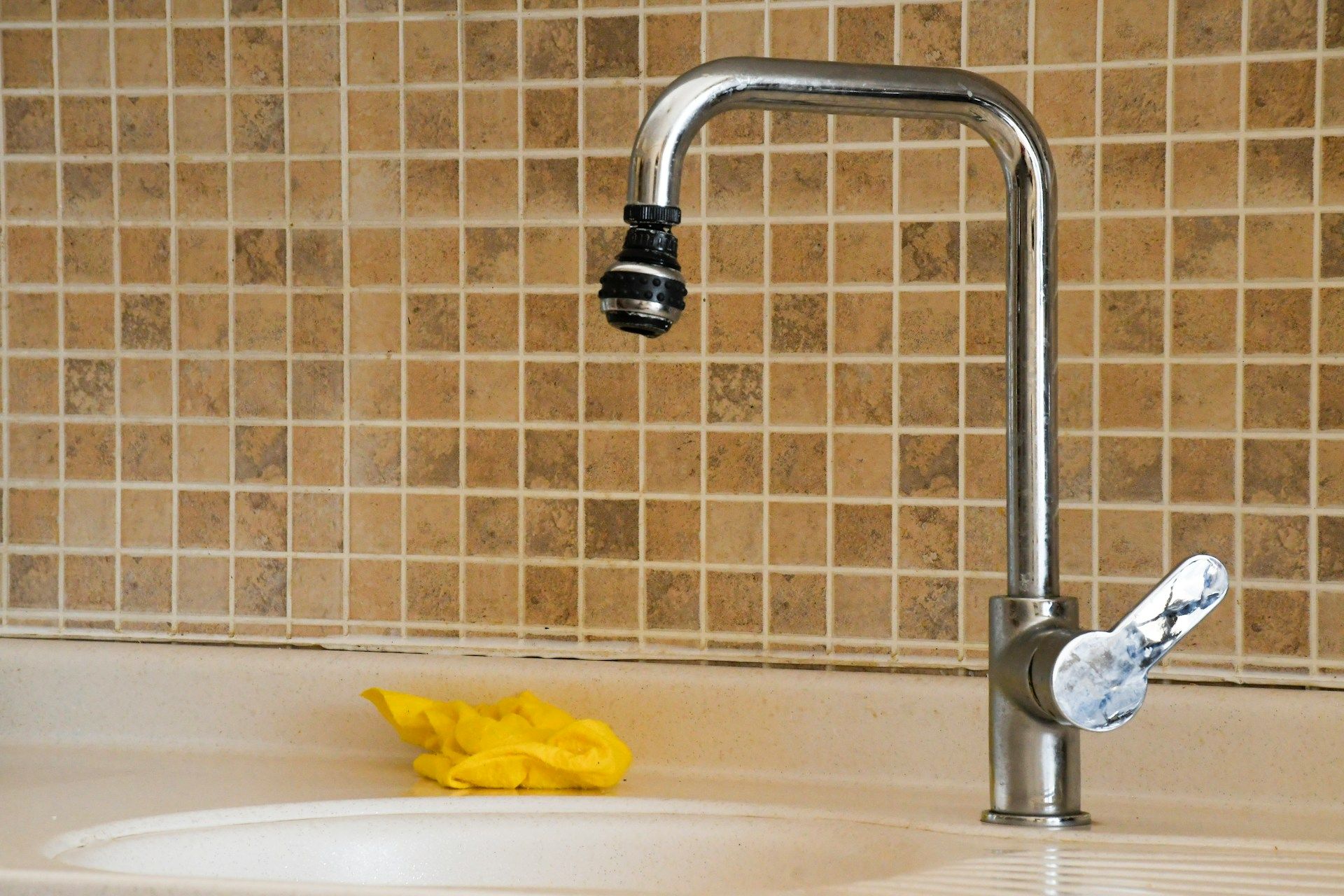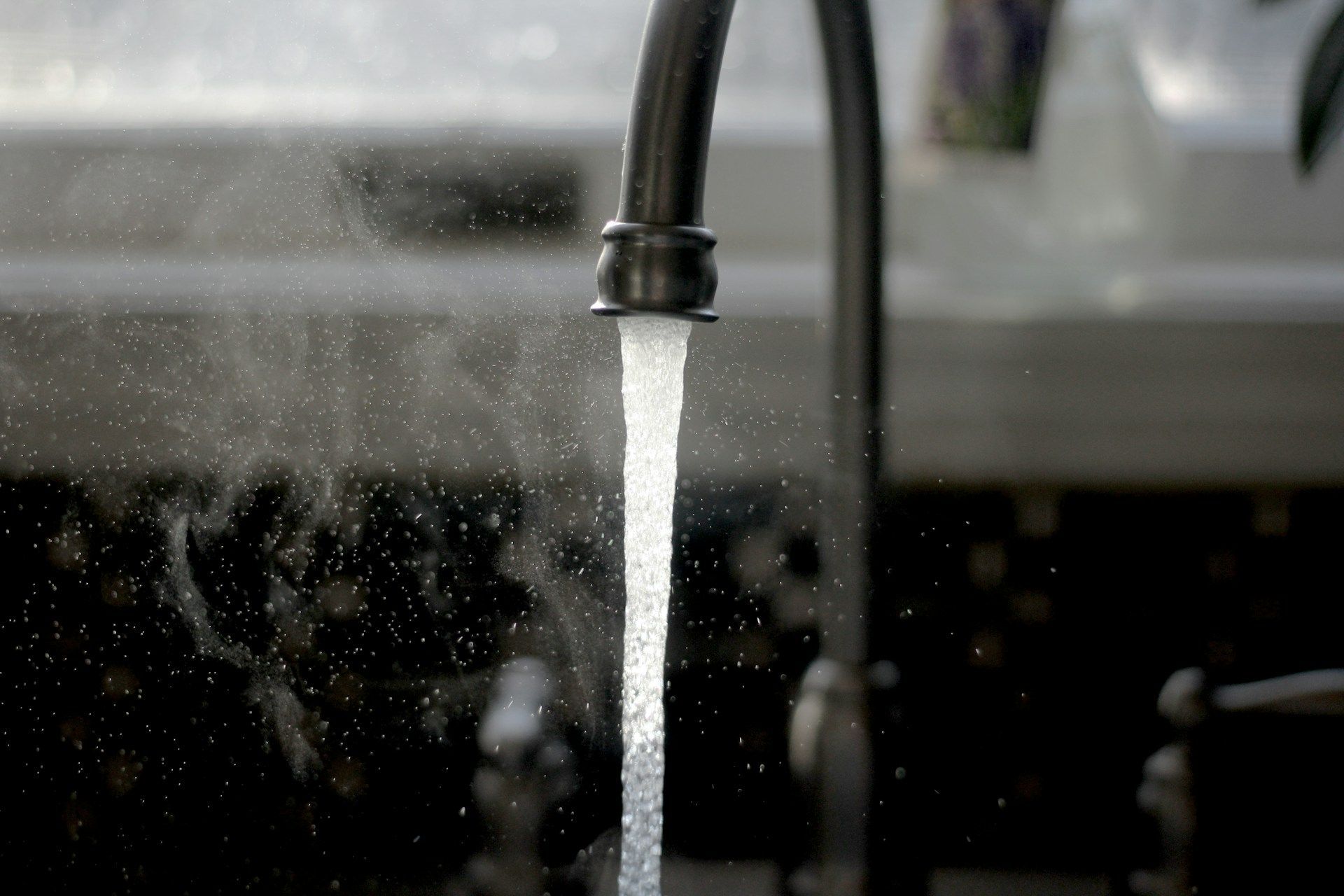Strange Tastes From Your RO System In Salt Lake: What They Mean
Reverse osmosis, or RO, systems are great for giving your Salt Lake home better-tasting drinking water. They do a solid job filtering out all sorts of unwanted stuff, from chlorine to minerals and even metal traces. Still, when something’s off with the system, your water can start to taste strange or unpleasant, and that’s when it usually grabs attention. Metallic, sour, or musty flavors in your drinking water aren’t just annoying—they’re a sign something deeper may be going on with your RO system.
Salt Lake water already comes with its own challenges, including higher mineral content and exposure to treatments like chlorine from the city supply. If your RO system isn’t running right, those issues can creep through and mess with your water quality. Whether your water tastes earthy, bitter, or just odd, figuring out the cause can help keep your system working the way it should. Here’s a look at what those flavors could mean and why they might be showing up to begin with.
Common Causes of Strange Tastes
When your water suddenly starts tasting weird, it's usually not random. RO systems are designed to filter out the stuff that makes your water taste bad. But like anything with filters and moving parts, maintenance matters. If something in that system goes wrong, the first sign is usually the taste.
Here are a few of the most common causes:
1. Contaminated or Old Filters
RO filters don’t last forever. Over time, they grab hold of debris, minerals, and other water contaminants. That’s their job. But once they reach capacity, water doesn’t pass through cleanly. Instead of filtering out the bad stuff, it either sneaks through or builds up. Dirty filters can leave your water tasting metallic, musty, or even moldy.
- Signs to look for: slower water flow, visible discoloration in the filter casing, and an off taste that gets worse over time.
2. Bacterial Growth in the System
RO systems need to stay clean inside and out. If the system isn’t flushed or sanitized regularly, bacteria can linger and multiply. Once that happens, water might taste earthy, sour, or just plain off. Bacteria buildup can happen inside tubing, in the filter housing, or near the storage tank. Summer temperatures, like those in Salt Lake in August, can speed up bacterial growth, especially if the system hasn’t been maintained in a while.
3. Leaky Filter Housing
The filter housing is what keeps everything sealed and flowing in the right direction. If it’s cracked, worn down, or not sealed tight, unfiltered or partially filtered water can sneak around the filter. That introduces particles back into the stream and can cause unpleasant flavors. This issue might start slow, but it builds. You might notice a plastic or chemical-like taste if something’s leaking internally.
Strange water tastes usually mean that something’s off inside the system. While some are fixable with a quick filter change, others could be signs of bigger issues like bacterial buildup or seal damage. The good news? Most of these problems can be sorted before they get worse with the right checkup and consistent upkeep.
Diagnosing and Fixing the Problem
Once you notice a strange taste in your water, your next step is to narrow down the cause. While not everything can be solved without help, there are a few basic things you can check first before reaching out.
Here’s a simple process to help you get started:
1. Change the filters: If it’s been a while since you swapped them out, start here. Old filters are one of the biggest reasons water starts tasting off.
2. Inspect the RO membrane: This is the part that handles much of the heavy filtering. If the membrane is damaged or worn down, water might slip through without being fully cleaned.
3. Look for leaks: Check the filter housing and connections. A loose fitting or fine crack could be letting untreated water through, which impacts both taste and smell.
4. Watch your water pressure: Low pressure can prevent the system from pushing water fully through the membrane. This causes poor filtration, which leads to weird flavors in your glass.
These steps can catch the obvious stuff, but maintenance doesn’t stop there. Keeping your RO system in shape means regular attention throughout the year. Seasonal changes in Salt Lake, especially in warmer months like August, can make issues more visible.
To stay ahead:
- Set reminders to change filters based on the type and schedule recommended by your system’s manual
- Give your system a visual check once a month for leaks or slow-moving water
- Schedule at least one deep cleaning each year, focusing on tubing, fittings, and the tank area
- Use a water quality test kit now and then to track changes in taste, mineral levels, or odors
Maintenance doesn’t have to be constant, but it does need to be steady. Systems that are ignored for long stretches usually become the ones that stop working when they’re needed most.
When to Call a Professional
Not every water issue has a quick fix. If you’ve swapped filters, reviewed every connection, and inspected your system but your water still tastes strange, it’s time to call in someone who works with these systems every day.
Here are a few signs that you’re better off calling a pro:
- You replaced the filters, but the taste didn’t go away
- You notice slime, mold, or weird smells during a check
- There’s low water pressure throughout the system, not just the tap
- There’s a chemical or plastic-like flavor no matter what you do
- Visible leaks or damage that’s beyond basic parts like o-rings or caps
Experts can do a deep diagnosis of your RO system. They’ll check pressure, filter efficiency, and water lines that may not be easy for homeowners to access safely. It’s especially helpful in places like Salt Lake, where mineral levels can fluctuate, and summer heat can speed up bacteria growth in water systems. Regular pro inspections can also catch small issues before they lead to bigger problems that affect water quality or system performance.
Keep Your Water Clean and Taste-Free
Strange water tastes are usually your RO system’s way of asking for attention. Maybe the filter is overdue for a change. Maybe bacteria built up during a stretch of hot weather. Or maybe a leak started slowly and introduced something back into your water that shouldn’t be there in the first place. Whatever it is, strange tastes are never random, and they almost always point to something that needs fixing.
A good way to stay ahead is with a regular maintenance plan. Don’t wait until the water turns bitter or smells odd. Fixing small, early issues will always be easier and more affordable than holding off until things take a bigger turn. Especially in Salt Lake, where temperatures and water sources both play a role, keeping your system fresh and functional is one of the smartest ways to protect your drinking water.
Water that tastes clean is more than a comfort. It’s something people expect when they invest in filtered systems. RO systems work well, but they still need care. Keep up with tune-ups and filter swaps, and your system should continue doing what it was designed to do—give you water that smells clean, looks clear, and tastes right.
Regular upkeep is key to ensuring your water stays crisp and taste-free. When it comes to RO system maintenance in Salt Lake, trust Water Science to provide expert care and attention to keep your system running smoothly. Learn how we can help maintain your water quality and extend the life of your system.

